T. A. V. Gaspar
Centrifuge modelling of an expansive clay profile using artificial fissuring to accelerate swell
Gaspar, T. A. V.; Jacobsz, S. W.; Smit, G.; Gens, A.; Toll, D. G.; Osman, A.S.
Authors
S. W. Jacobsz
G. Smit
A. Gens
Professor David Toll d.g.toll@durham.ac.uk
Emeritus Professor
Professor Ashraf Osman ashraf.osman@durham.ac.uk
Professor
Abstract
This paper presents the results of a centrifuge study in which swell of an expansive clay profile was induced in the centrifuge. A factor which has previously hindered such research is the time required to induce significant swell in-flight, within a reasonable time frame. In this study the use of an artificially fissured fabric together with geotextile layers allowed for a significant magnitude of swell to be achieved within a matter of hours. Measurements of matric suction and water content throughout testing highlight the potential difficulties associated with such measurements in a fissured profile. The suction in clay along the interfaces of fissures can be significantly reduced almost instantaneously with the ingress of water. In contrast, elements closer to the centre of intact masses may take significantly longer to respond, illustrating the role of the dual processes (and hence dual scaling laws) of moisture ingress along fissures, followed by diffusion associated with swelling of the clay. A comparison of the magnitude of swell induced in this centrifuge model with that of conventional oedometer swell tests indicated gross overpredictions from the oedometer testing. In this comparison, the severe limitation of oedometer tests reducing a sample to a point of zero suction is emphasised. Finally, it is illustrated how an understanding of the rate of swell throughout an expansive profile can provide insights into the validity of the predictions from oedometer swell tests.
Citation
Gaspar, T. A. V., Jacobsz, S. W., Smit, G., Gens, A., Toll, D. G., & Osman, A. (2023). Centrifuge modelling of an expansive clay profile using artificial fissuring to accelerate swell. Engineering Geology, 312, Article 106928. https://doi.org/10.1016/j.enggeo.2022.106928
| Journal Article Type | Article |
|---|---|
| Acceptance Date | Nov 14, 2022 |
| Online Publication Date | Nov 17, 2022 |
| Publication Date | 2023-01 |
| Deposit Date | Nov 22, 2022 |
| Publicly Available Date | Dec 2, 2022 |
| Journal | Engineering Geology |
| Print ISSN | 0013-7952 |
| Electronic ISSN | 1872-6917 |
| Publisher | Elsevier |
| Peer Reviewed | Peer Reviewed |
| Volume | 312 |
| Article Number | 106928 |
| DOI | https://doi.org/10.1016/j.enggeo.2022.106928 |
| Public URL | https://durham-repository.worktribe.com/output/1188465 |
Files
Published Journal Article
(3 Mb)
PDF
Publisher Licence URL
http://creativecommons.org/licenses/by/4.0/
Copyright Statement
© 2022 The Authors. Published by Elsevier B.V. This is an open access article under the CC BY license (http://creativecommons.org/licenses/by/4.0/).
You might also like
Deterioration of a compacted soil due to suction loss and desiccation cracking
(2024)
Journal Article
Soil–Water Retention Curve Prediction for Compacted London Clay Subjected to Moisture Cycles
(2023)
Journal Article
A simple method to determine soil–water retention curves of compacted active clays
(2023)
Journal Article
An Evolutionary Neural Network Approach for Slopes Stability Assessment
(2023)
Journal Article
